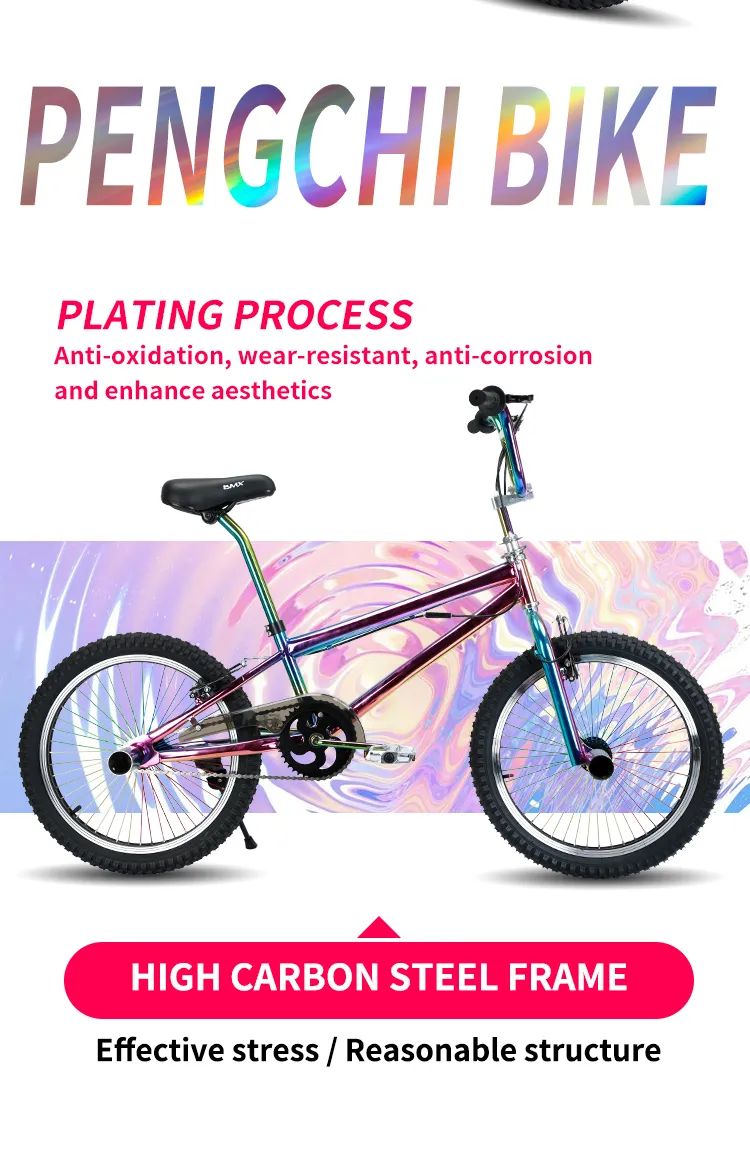
-
 Afrikaans
Afrikaans -
 Arabic
Arabic -
 Belarusian
Belarusian -
 Bengali
Bengali -
 Bulgarian
Bulgarian -
 Croatian
Croatian -
 Czech
Czech -
 Danish
Danish -
 Dutch
Dutch -
 English
English -
 Finnish
Finnish -
 French
French -
 German
German -
 Greek
Greek -
 hawaiian
hawaiian -
 Hebrew
Hebrew -
 Hindi
Hindi -
 Hungarian
Hungarian -
 Indonesian
Indonesian -
 irish
irish -
 Italian
Italian -
 Japanese
Japanese -
 Javanese
Javanese -
 kazakh
kazakh -
 Khmer
Khmer -
 Korean
Korean -
 Kyrgyz
Kyrgyz -
 Lao
Lao -
 Latin
Latin -
 Luxembourgish
Luxembourgish -
 Malay
Malay -
 Myanmar
Myanmar -
 Norwegian
Norwegian -
 Persian
Persian -
 Polish
Polish -
 Portuguese
Portuguese -
 Romanian
Romanian -
 Russian
Russian -
 Serbian
Serbian -
 Slovak
Slovak -
 Somali
Somali -
 Spanish
Spanish -
 Swedish
Swedish -
 Tagalog
Tagalog -
 Thai
Thai -
 Turkish
Turkish -
 Turkmen
Turkmen -
 Ukrainian
Ukrainian -
 Uighur
Uighur -
 Vietnamese
Vietnamese
nov . 21, 2024 23:46 Back to list
how to size children's bikes
How to Size Children’s Bikes A Comprehensive Guide
Selecting the right bike size for your child is essential for their safety, comfort, and enjoyment while riding. A properly sized bike will not only make it easier for your child to control the bike but will also reduce the risk of accidents. Here’s a guide to help you understand the factors to consider when sizing children’s bikes.
Understanding Bike Sizes
Children’s bikes are generally categorized by wheel size, which typically ranges from 12 inches to 24 inches, depending on the child’s age and height. The size of the bike's wheels is a crucial determinant of the overall size of the bike. The right wheel size will ensure that your child can touch the ground while seated, allowing them to maintain balance and control.
Age vs. Height
While age can give you a rough idea of the appropriate bike size, height is a more reliable measurement. It is possible for two children of the same age to have different heights and therefore require different bike sizes. Here is a basic guideline correlating wheel size with average height and age
- 12-inch wheels Suitable for children aged 2-4 years old who are between 28-38 inches tall. - 14-inch wheels Ideal for children aged 3-5 years old, typically 36-42 inches tall. - 16-inch wheels Designed for kids aged 4-6 years, ranging from 40-48 inches tall. - 20-inch wheels Best for children aged 5-8 years, usually 42-54 inches tall. - 24-inch wheels Generally for kids aged 8-12 years, who are about 48-58 inches tall.
Fit and Comfort
When sizing a bike, it’s important to have your child try it out before making a purchase
. Here are a few steps to ensure the bike fits well1. Stand Over Height When your child stands over the bike, there should be 1-2 inches of clearance for a balance bike or 2-4 inches for a regular bike. This will allow them to get on and off the bike easily.
how to size children's bikes

2. Seat Height Adjust the seat so that your child can sit on it with their feet flat on the ground. This will help them stop safely and push off with their legs when pedaling.
3. Reach Your child should be able to comfortably reach the handlebars. Their elbows should have a slight bend when holding the grips to ensure proper posture and control while riding.
4. Test Ride Allow your child to take the bike for a short ride. Watch how they handle it; they should be able to start, stop, and turn easily.
Additional Considerations
1. Growth Spurts Children grow quickly, so consider purchasing a bike that allows for some adjustment. Many bikes come with adjustable seat heights and handlebars, ensuring that they can be used for a longer period.
2. Safety Gear Regardless of the bike size, make sure your child wears appropriate safety gear, including a helmet, knee pads, and elbow pads. This will enhance their safety while they learn to ride.
3. Quality Over Price While it may be tempting to go for the cheapest option, investing in a good quality bike will provide a better riding experience and last longer. Look for reputable brands that offer warranties and good customer service.
Conclusion
Finding the right bike size for your child is vital for their comfort and safety. Always prioritize height over age, perform proper fit checks, and don’t hesitate to invest in quality. By following these guidelines, you can ensure your child enjoys countless hours of safe riding adventures on their new bike!
-
Top Kids Bike with gpt-4-turbo AI for Safe Rides
NewsAug.02,2025
-
Premium Titanium Road Bike: Lightweight & Durable
NewsAug.01,2025
-
Red Black BMX Bike with GPT-4-Turbo AI Tech
NewsJul.31,2025
-
New Red Anti-theft E-Bike | Easy Ride City Commuter
NewsJul.31,2025
-
BMX 20 Inch Bikes for Freestyle & Street | Fat Tire Options Available
NewsJul.30,2025
-
322 High Quality 26 Inch 21 Speed Adult Mountain Bike OEM MTB
NewsJul.29,2025

